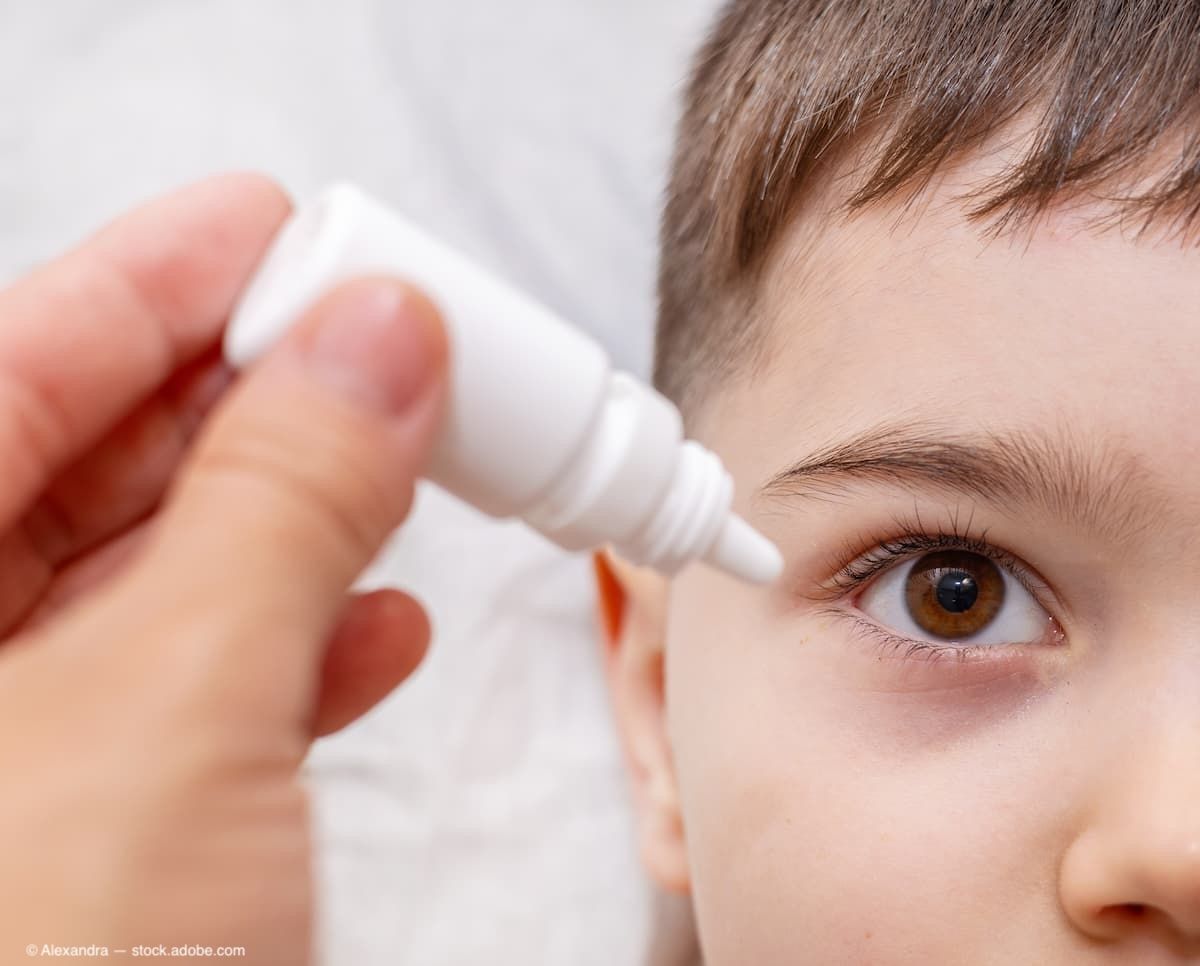Article
Fixation preference testing deemed inaccurate by researchers
Fixation preference testing for detecting amblyopia in infants and toddlers is unreliable, according to researchers.
Baltimore-Fixation preference testing for detecting amblyopia in infants and toddlers is unreliable, according to researchers.
Among 53 older children with two or more normal lines of intraocular difference according to testing with standard HOTV eye charts, 46 were graded as normal or likely normal in fixation preference testing, reported David S. Friedman, MD, PhD, MPH, Johns Hopkins University, and colleagues in the October issue of Ophthalmology.
"This result is worrisome to the clinician because [fixation preference testing] is the only widely available test for children unable to perform optotype acuity," wrote researchers.
A visual acuity survey in Baltimore, which is where the findings emerged, intended to evaluate more than 2,500 children aged 6 to 71 months with multiple tests including fixation preference testing.
Dr. Friedman and colleagues concluded that the test "does not identify accurately preschool children with two lines or more of interocular difference in presenting visual acuity."
Newsletter
Don’t miss out—get Ophthalmology Times updates on the latest clinical advancements and expert interviews, straight to your inbox.




